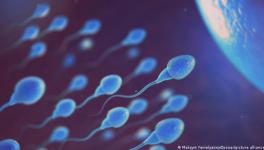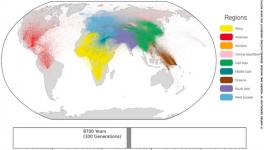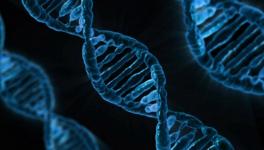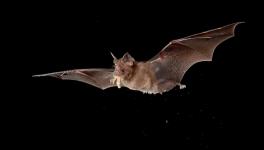Translation of Genes to Proteins is More Complex than Previously Thought
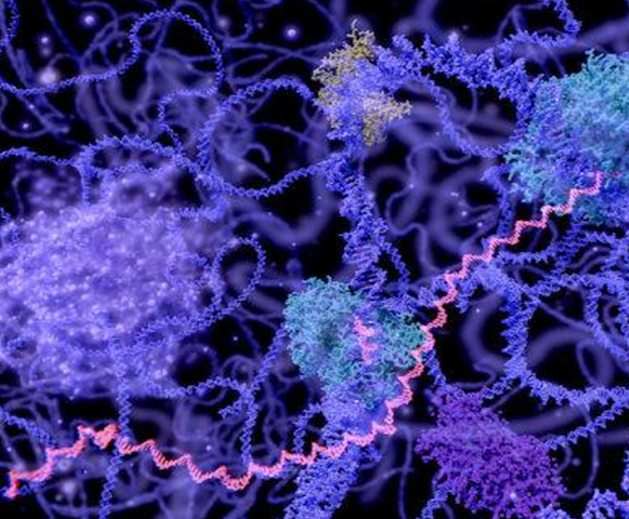
Image Courtesy: Science Daily. Image for representational use only.
Among the many cellular activities that our body performs, decoding the information buried in our DNA and translating them into functional entities called proteins is a highly coordinated and a complex process, and this process of translation is also an extremely important cellular phenomenon. Known as the ‘central dogma of molecular biology’, the journey of DNA’s genetic information to the production of protein is divided into two parts—transcription, where the portion of the DNA directs the production of mRNA (messenger RNA) and translation, where the mRNA directs the production of the final protein.
Now, a study published in Cell on June 6 has reported that the translating the genetic information into proteins is a process much more complex than thought previously. The researchers developed a special type of a microscope that could see translation taking place in a living cell in real time. The research suggests that our DNA encodes thousands of proteins that were unknown previously and with unknown functions.
The research was conducted by the group of Marvin Tanenbaum at the Hubrecht Institute, the Netherlands.
From Gene to Protein
Cells in different organs of our body function very differently, for example the brain cells or the neurons are excitable cells and communicate with other neurons through electrical signalling, while the non-excitable cells don’t carry out electrical signalling in normal cases. But all the cells have the same DNA and the same genetic information. The differences in cell functions depend upon which parts of the gene are active in each cell.
To translate the DNA’s genetic information into protein requires specialised protein factory known as ribosomes. They read the genetic code and assemble proteins based on the information in that code, which is analogous to a factory building a machine based on a blueprint.
For the proper functioning of the body, it is essential that the genetic information gets accurately translated into proteins. In cases where the genetic information is translated incorrectly, harmful proteins can be produced, which is the source of numerous diseases, for example Huntington’s disease.
The ‘Reading Frame’ in Gene Translation
The DNA has four letter sequences on it— A, T, C, G. When ribosomes translate the genetic information into proteins, it does so by making three lettered words from among A T C G. Each of these words signifies a particular portion of the protein. Now for translation to take place properly, the formation of the words are need to be proper. For example, let’s take the sequence below as a part of the DNA:
ATCGCAGTCGATCGACGACGACG.
Now, the ribosome starts making the protein by constructing three lettered words from the sequence. Supposing that it starts from the beginning, then the words would be:
ATC GCA GTC GAT CGA CGA and so on.
Now, if the ribosome misses the first letter, then the words would become
TCG CAG TCG ATC GAC GAC and so on.
So each case would translate differently giving rise to different reading frames for ribosome. If the first reading frame is considered to be proper, then the second one is called ‘out of frame’ translation. For a functional and non-aberrant protein, the precision of the reading frame is of utmost importance.
What Surprised the Researchers?
The researchers found that out of frame translation happens surprisingly frequently. In extreme cases, almost half of all the proteins produced, used a different reading frame than the expected one. Changing of the reading frame obviously translates the genetic information differently and hence, produces different proteins.
These fascinating findings suggest that the genetic information in our DNA is far more complex than was thought previously, indicating that our DNA encodes thousands of proteins that were unknown previously and with unknown functions.
Sanne Boersma, the first author of the paper said—“Because of our study, we can now ask very important questions: what do all these new proteins do? Do they have important functions in our body or are they waste side-products of translation that can damage our cells?”
Get the latest reports & analysis with people's perspective on Protests, movements & deep analytical videos, discussions of the current affairs in your Telegram app. Subscribe to NewsClick's Telegram channel & get Real-Time updates on stories, as they get published on our website.










